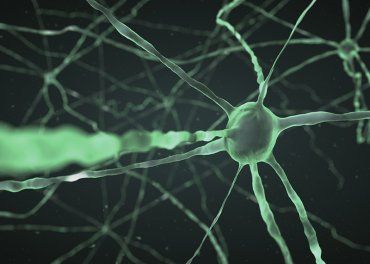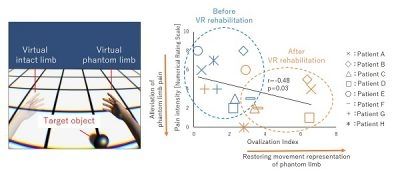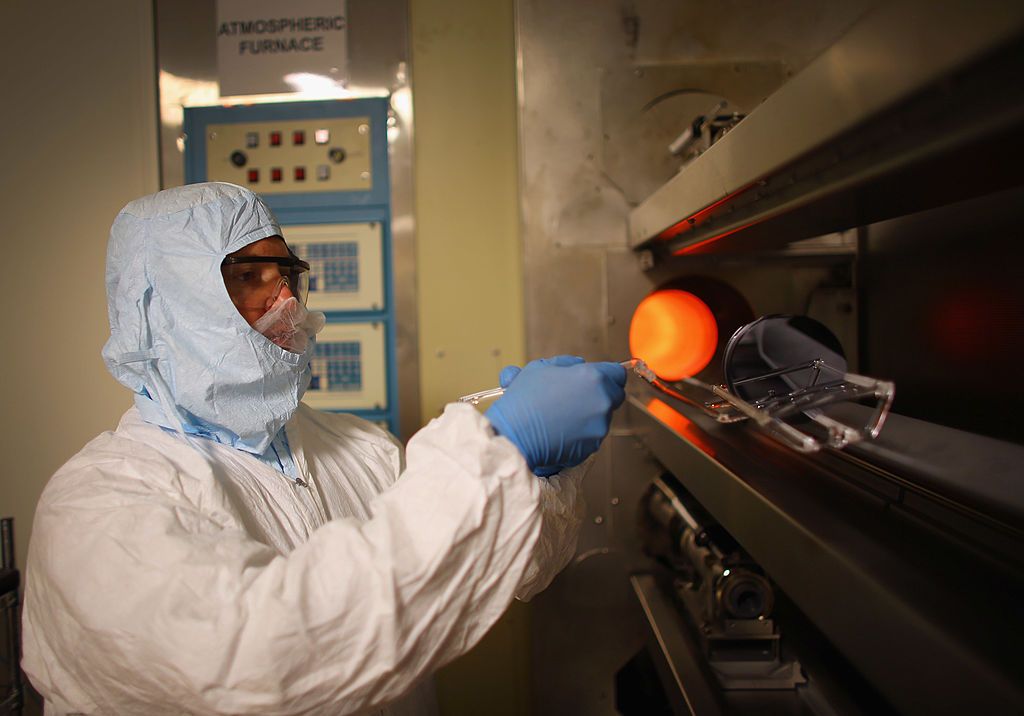Hmmm.
For the first time, Israeli researchers have developed a system that lets a human use brain waves to control nanobots in a cockroach. How could that help your health?


Interesting article overall; however, I have noticed many Gastric Bypass patients from my area who drastically loss weight quickly within a year had stomach, throat, and esophageal cancer. As with obesity being a trigger, I believe drastically changes with the body such as massive weight loss quickly could also trigger a cancer gene mutation. I would love to connect with others working of this type of research.
A review of more than a thousand studies has found solid evidence that being overweight or obese increases the risk for at least 13 types of cancer.
The study was conducted by a working group of the International Agency for Research on Cancer, part of the World Health Organisation.
Strong evidence was already available to link five cancers to being overweight or obese: adenocarcinoma of the esophagus, colorectal cancer, breast cancer in postmenopausal women, and uterine and kidney cancers.


A new UC San Francisco study challenges the most influential textbook explanation of how the mammalian brain detects when the body is becoming too warm, and how it then orchestrates the myriad responses that animals, including humans, use to lower their temperature—from “automatic” physiological processes such as sweating and panting, to complex behaviors, such as moving to cooler environs. These responses are vital to health, as the metabolic processes that keep us alive have evolved to operate within a narrow temperature range.
Experiments on these questions dating back 80 years, using rats and mice, have repeatedly pointed to a tiny brain region known as the preoptic hypothalamus (POA) as the site that detects the body’s warmth. But because this compact area governs functions as diverse as sleep, mating, parental behaviors, eating, and drinking, it has been difficult to precisely pinpoint which cells and circuits are dedicated to detecting and responding to warmth.
“We know a lot about how body temperature is regulated in peripheral tissues, and a bit about the key regulatory brain regions, but the identity of the neurons that act as the master regulators of body temperature has been elusive,” said UCSF’s Zachary Knight, PhD, assistant professor of physiology and senior author on the new UCSF study, which appears in the September 8, 2016 online issue of Cell.
Written by ROLAND BENEDIKTER, KATJA SIEPMANN, ALEXANDER REYMANN
ABSTRACT. This article discusses the philosophical implications and potential social consequences of two experimental – and at the present moment still widely speculative – topics at the intersection between scientific and medical advances, the human body, the human mind, and the globalized health care sector. Head-Transplanting is a chirurgical endeavor envisaged by the HEAVEN project announced to be practically implemented around 2017 and to be available for routine-use around the mid-2020s by a group of internationally as prominent as disputed transplant surgeons. Mind-Uploading is a procedure currently in the first stages of development to create artificial representations of the human brain and its processes in computers and on the internet.

Ray Kurzweil is a futurist, a director of engineering at Google and a co-founder of the Singularity University think tank at NASA Ames Research Center in Mountain View. He is a nonfiction author and creator of several inventions.
Kurzweil met with the Silicon Valley Business Journal to discuss how technology’s exponential progress is rapidly reshaping our future through seismic shifts in information technology and computing power, energy, nanotechnology, robotics, health and longevity.
Biohacking, nootropics, and the notion of optimizing one’s human performance are on a rapid rise. Nootrobox founders Geoffrey Woo and Michael Brandt are some of the foremost thinkers in this space, and they are here to have intellectual conversations that will make you THINK.
Episode 9 features Aubrey de Grey, the Chief Scientist Officer of the SENS Research Foundation. In this episode, Geoff, Michael, and Aubrey discuss the nuances of aging and health and their differing opinions and tactics of how to fully optimize these notions.
Nootrobox Twitter: twitter.com/nootrobox
Nootrobox Instagram: www.instagram.com/nootrobox/
SUBSCRIBE for updates on the latest Nootrobox content! ⚡️.


No shock to me.
Diamandis claimed that we are gearing towards a future possible of “interface mind-machine, where in human brain’s consciousness could be uploaded to computer and then transferred to a new body—probably a cultured in the lab. He estimates that it will just take 20–30 years to be realized.
The reality of extended life longevity to almost immortality is actually not too hard to believe these days. After all science and technology never failed to amuse us to make the once impossible possible.
TagsHealth, alternative health, life longevity, Nanotechnology, Medical Science, medical nanotechnology.

The future frontier for hackers is synthetic biology.
Landmark scientific projects such as the Human Genome Project can encourage international cooperation and bring nations together. However, when security interests and defence research align with the prestige of a landmark project—international competition is all but assured. Synthetic biology is a scientific discipline less than a decade old, and the potential defence and security applications may create a new space race, this time between the USA and China.
The larger concern is not that this race may happen, but that if it does it will politicise and militarise an ethically sensitive area of the life sciences at a time when this frontier technology is critical to maintaining a sustainable world.
The Human Genome Project (HGP) cost about US$300 million (A$394 million), involved 20 international institutions and sequenced the human genome in just over a decade. The draft sequence was published in February 2001 and has driven economic, health and social benefits the world over for the last 15 years. To a very large extent this research project underpins the modern life sciences and is the equivalent of landing on the moon.